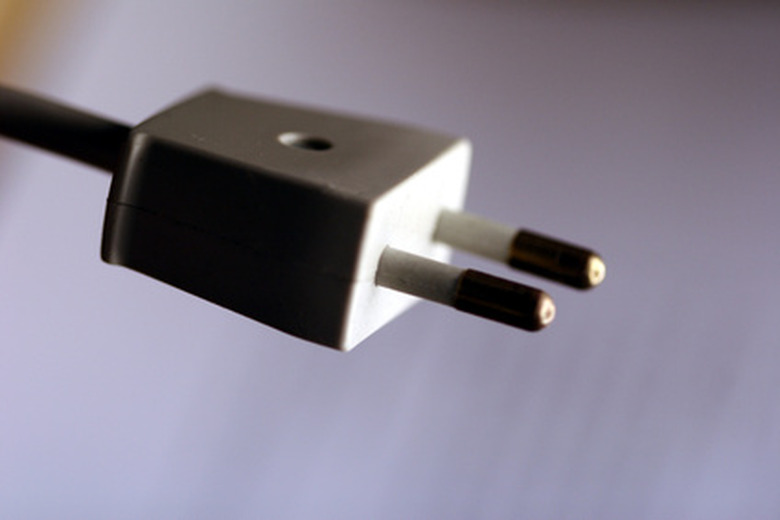The Difference Between A Brushed & Brushless Motor
Brushed and brushless direct current electric motors differ in the way the electric current is transferred to the commutator or electromagnets that cause the rotor to continue turning. Essentially, in a brushed motor the current is transferred mechanically via metallic brushes, whereas in a brushless motor the rotor is turned electronically with no need for physical contacts.
How a Brushed DC Motor Works
How a Brushed DC Motor Works
Direct current electrical motors function through the creation of magnetic fields whose attraction and opposition keeps a central rotor turning. In a brushed motor, fixed magnets are placed on either side of a rotating electromagnet, one oriented to a positive pole, the other to a negative one. The electromagnet is formed by a series of coils (usually three placed at equidistant points around the rotor) called the commutator. When electricity is passed through these coils they generate their own magnetic field that is repelled and attracted to the magnetic fields generated by the fixed magnets. Current is transferred to the coils of the commutator by metallic brushes which rotate along with the rotor. When the motor is switched on, current is passed to the electromagnets whose magnetic fields are repelled by one fixed magnet and attracted to another, causing the rotor to turn. As the rotor turns, the metallic brushes come into and out of contact with each coil in series so the opposition and attraction between the resulting magnetic fields and the fields of the static magnets keeps the electromagnet turning.
How a "Brushless" DC Motor Works
How a "Brushless" DC Motor Works
In a brushless DC motor, the positions of the fixed magnets and the electromagnetized coils are reversed. The fixed magnets are now placed on the rotor and the coils are placed in the surrounding casing. The motor functions via current being passed through each surrounding coil in series, so repulsing and attracting the fields of the fixed magnets and keeping the rotor they are attached to turning. For a motor of this kind to work, the coils of the commutator need to be kept synchronized with the fixed magnets so that the fields are continually in opposition and the rotor is kept turning. This requires an electronic controller or microprocessor to coordinate the application of current to each electromagnetic coil.
Advantages of "Brushless" Motors
Advantages of "Brushless" Motors
The chief advantage of brushless motors is that the transfer of current to the commutator is not mechanical. Because brushed motors depend on the physical contact of the metal brushes with the coils of the commutator they are subject to a loss of efficiency due to friction with the contacts and also, like all mechanical parts, wear and tear on the brushes and the connections after long periods of use. As brushless motors get less hot (due to the lack of friction) they can work at greater speeds (because great heat interferes with magnetic fields).
Advantages of "Brushed" DC Motors
Advantages of "Brushed" DC Motors
The chief advantage of brushed DC motors is that they are cheaper and simpler to construct and maintain than brushless motors as the mechanism is less complicated.
Cite This Article
MLA
Mathie, Carl. "The Difference Between A Brushed & Brushless Motor" sciencing.com, https://www.sciencing.com/difference-between-brushed-brushless-motor-7805274/. 24 April 2017.
APA
Mathie, Carl. (2017, April 24). The Difference Between A Brushed & Brushless Motor. sciencing.com. Retrieved from https://www.sciencing.com/difference-between-brushed-brushless-motor-7805274/
Chicago
Mathie, Carl. The Difference Between A Brushed & Brushless Motor last modified March 24, 2022. https://www.sciencing.com/difference-between-brushed-brushless-motor-7805274/
